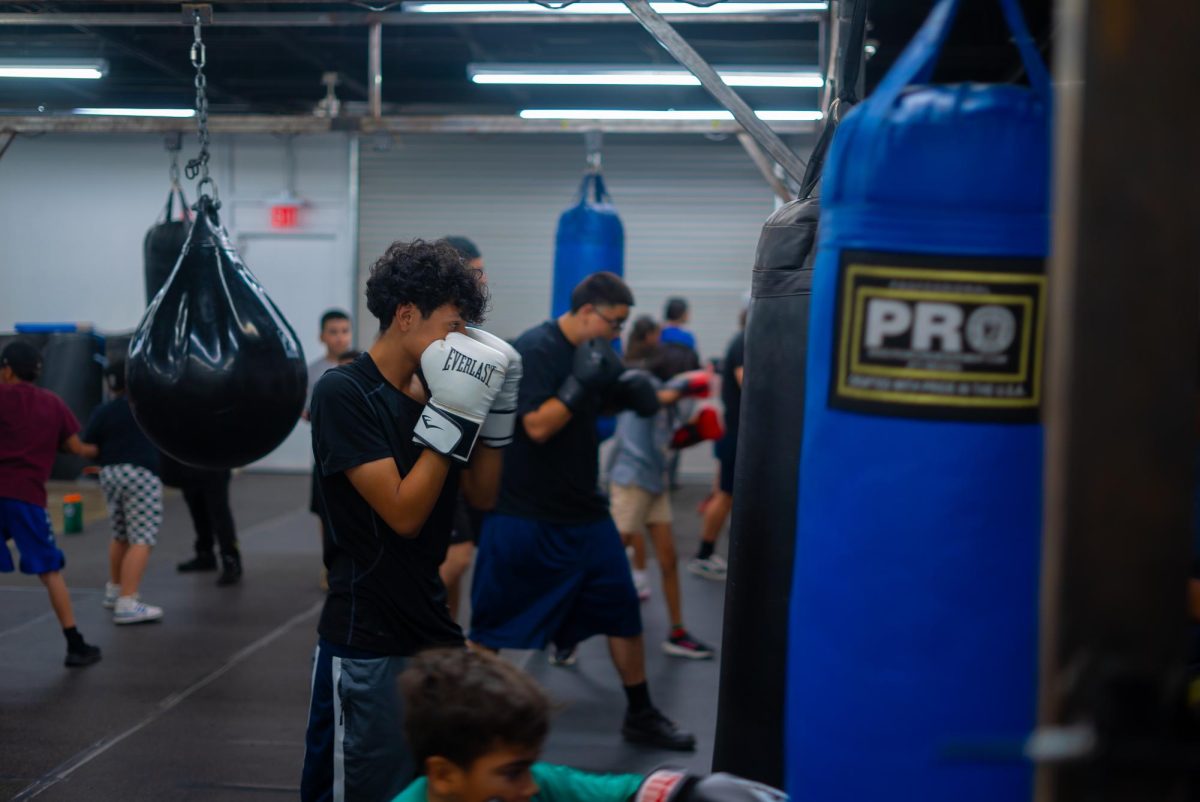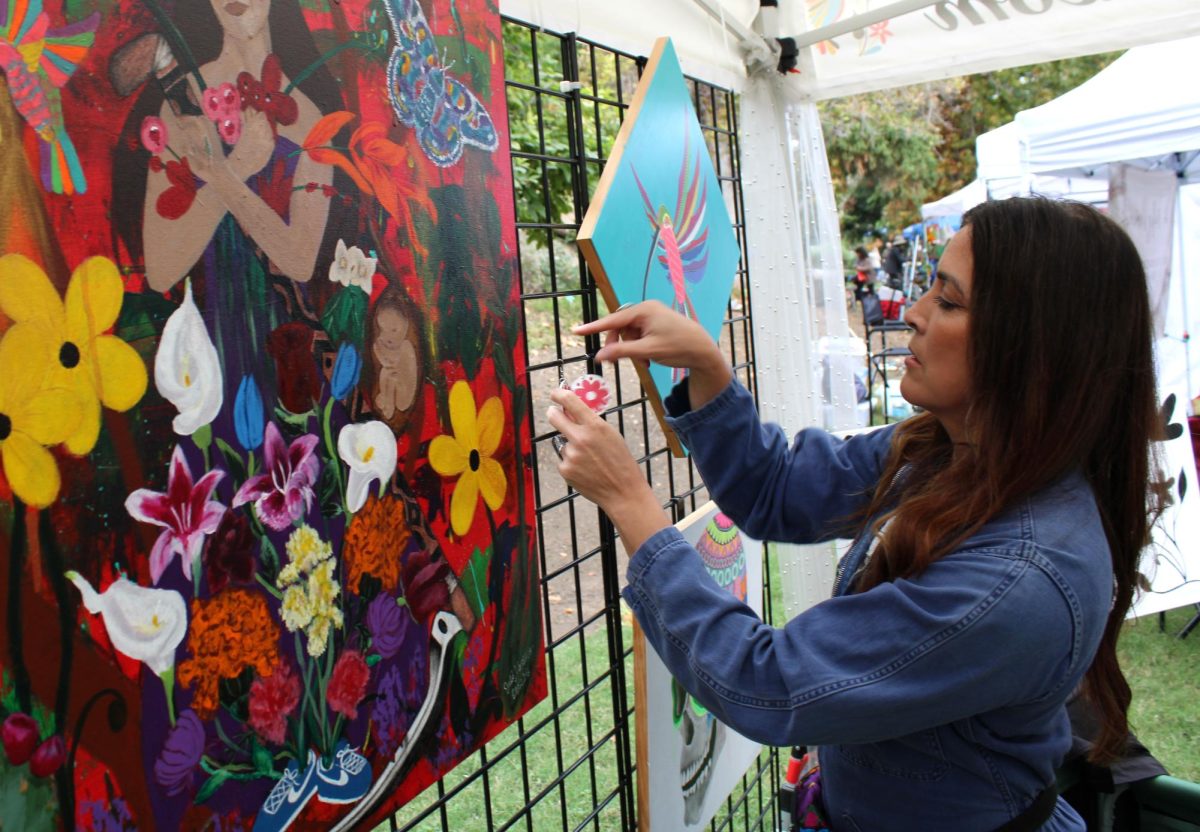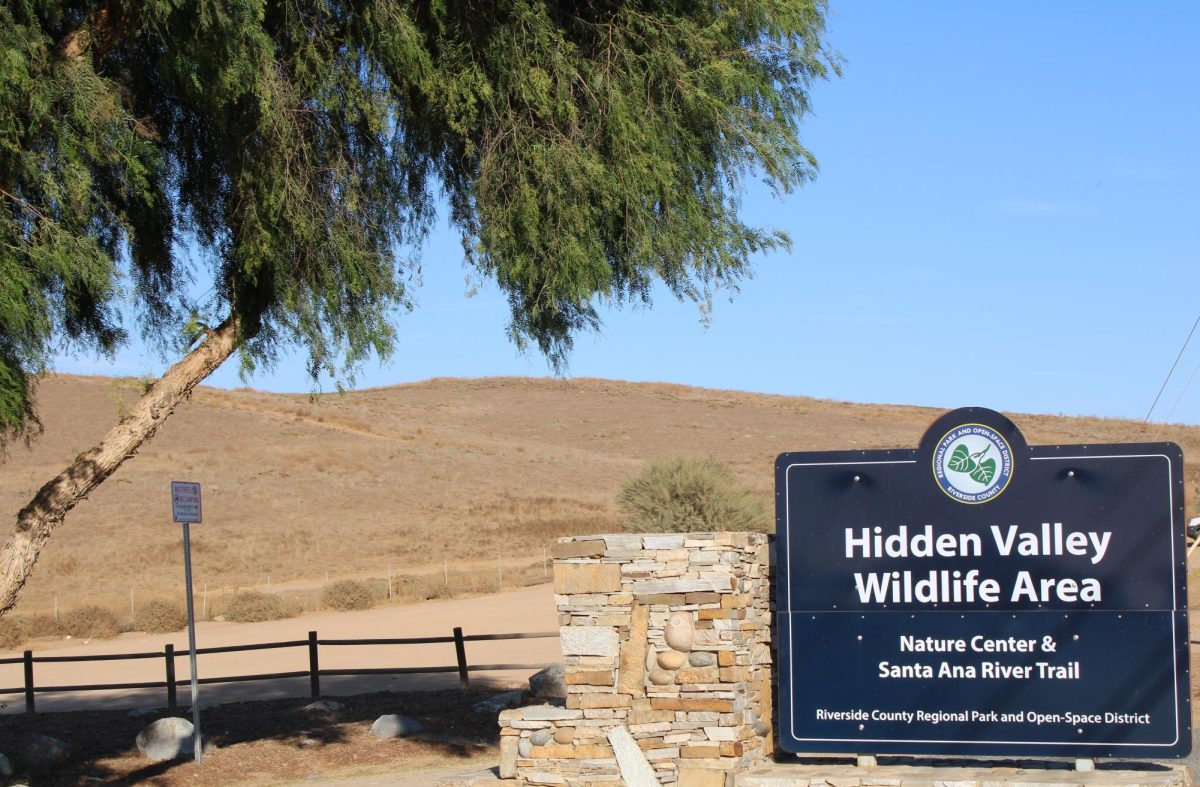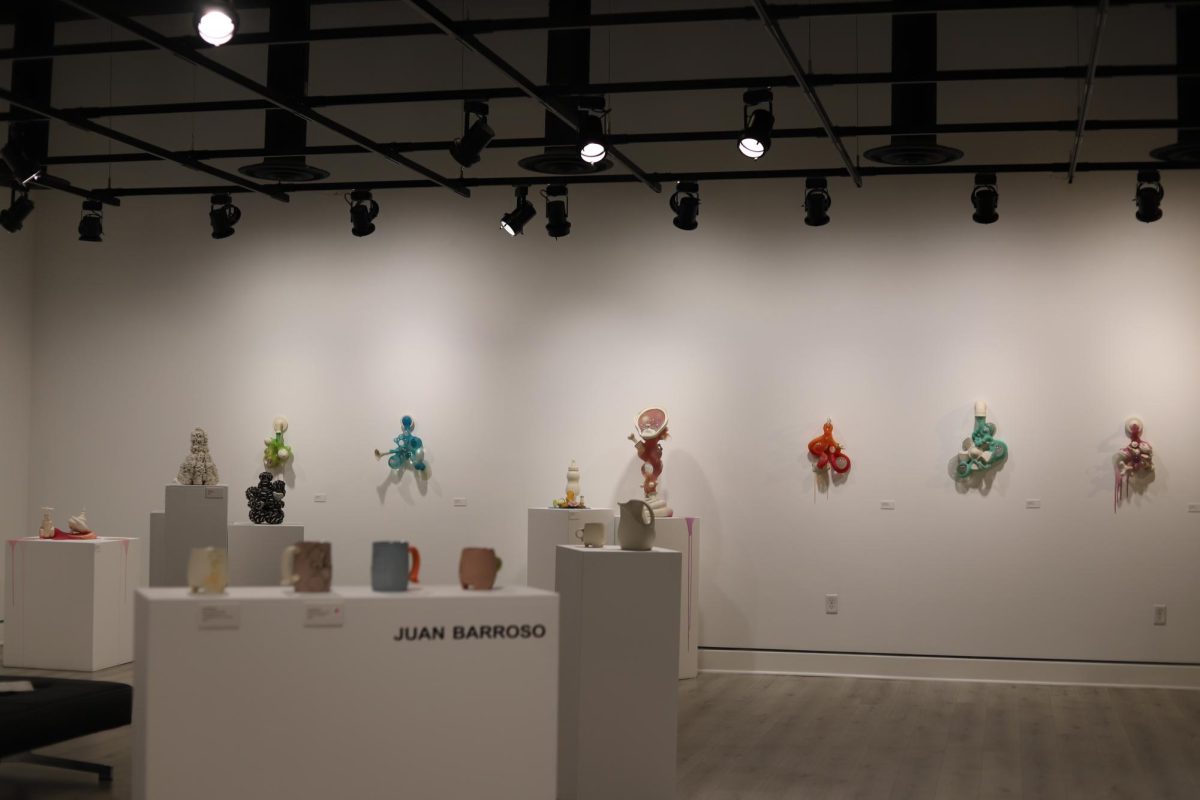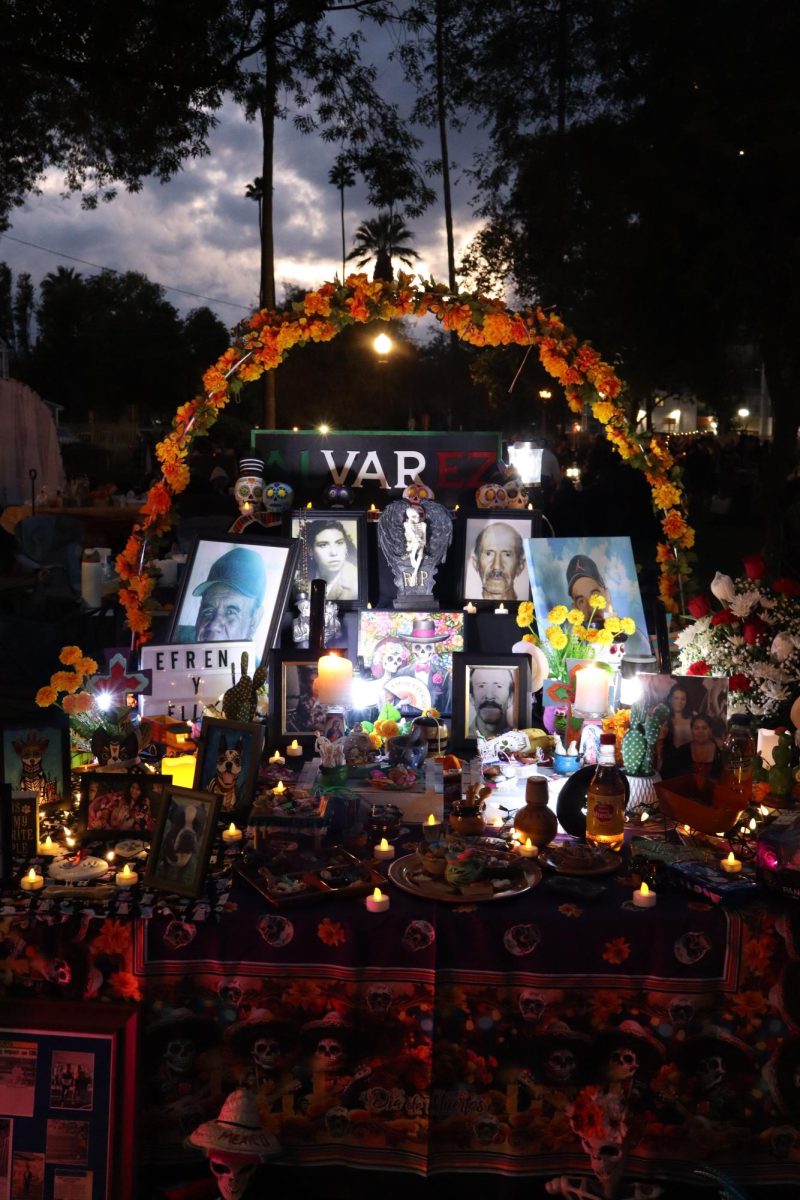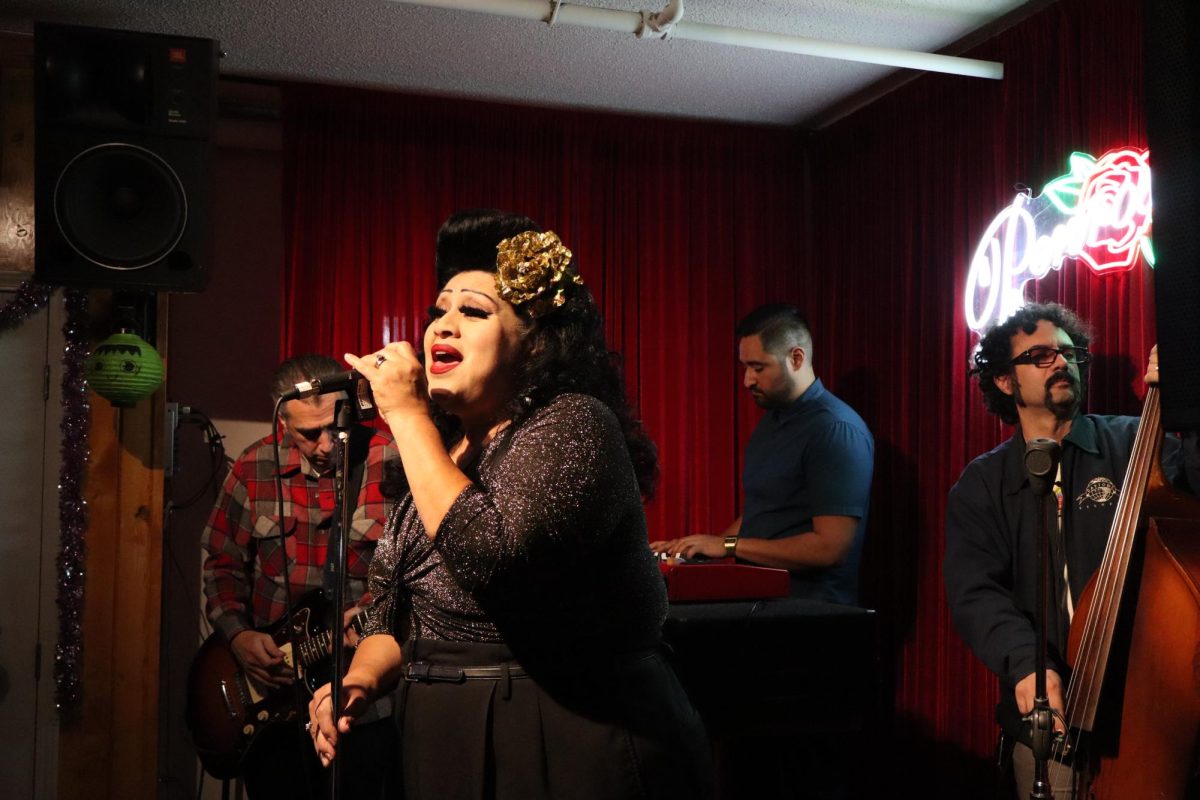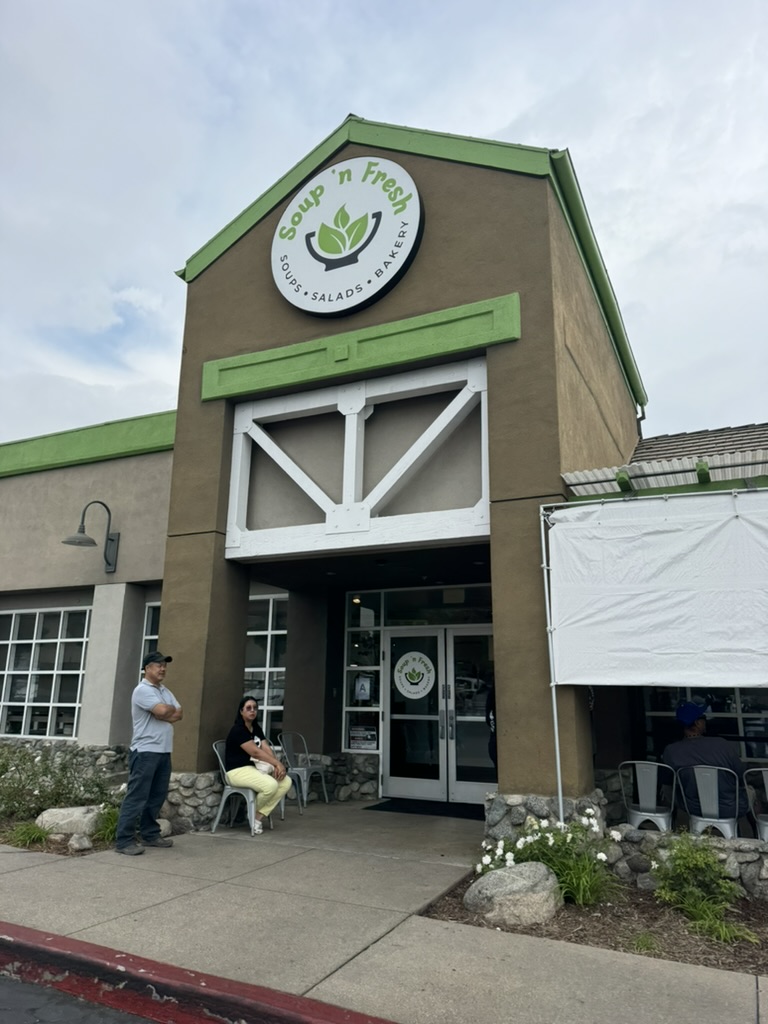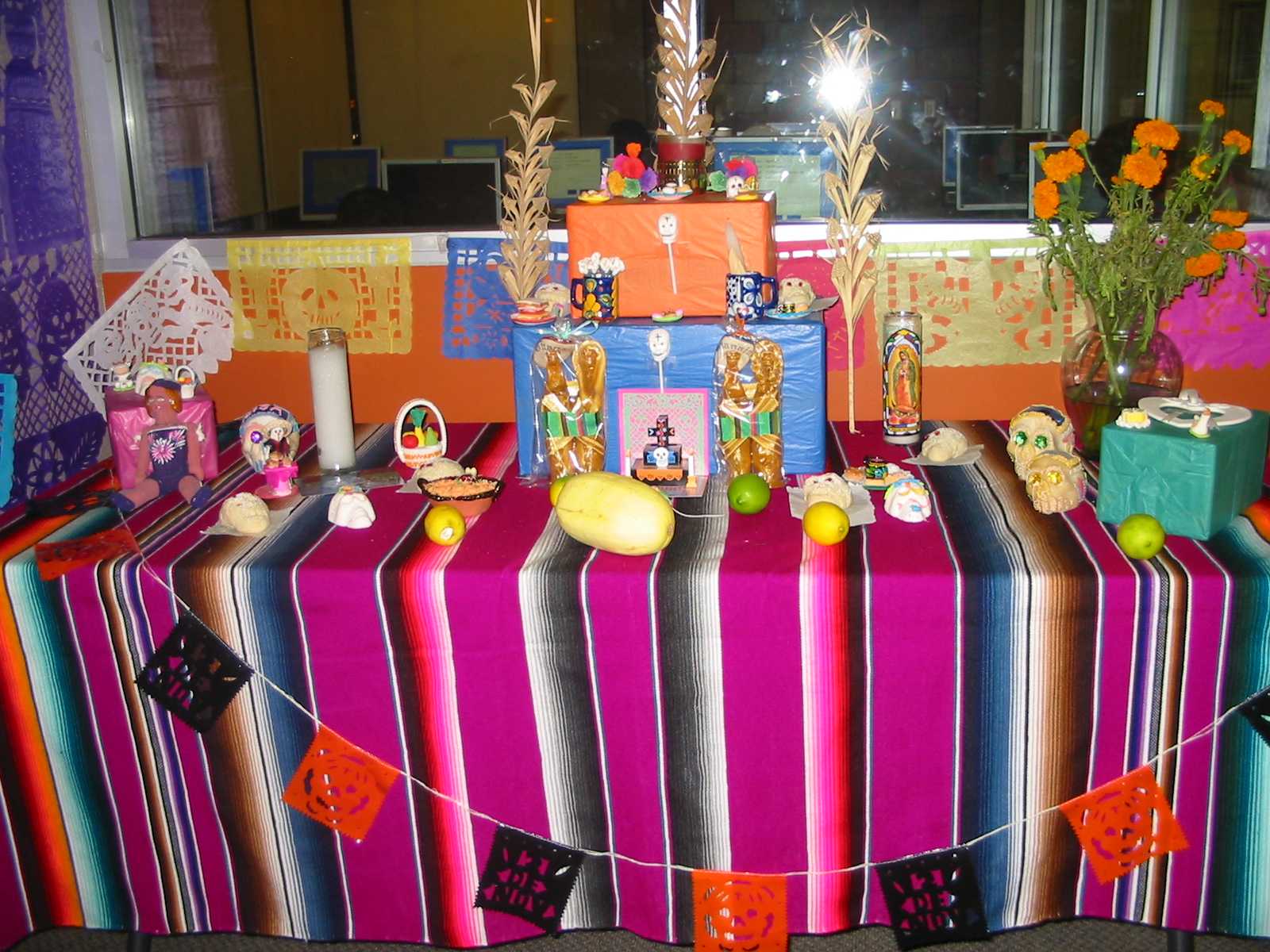
By Jennipher Vasquez
With Día de Muertos quickly approaching, people across the state are finding new ways to celebrate the holiday safely while still honoring their ancestors.
Día de Muertos, known as Día de Los Muertos in the United States, is a holiday originating from indigenous Mexican culture that welcomes dead friends and family back to the living realm and honors the love and respect between the living and the dead.
Family and friends of the deceased will often celebrate by creating altars, or “ofrendas,” consisting of candles, colorful decorations, photos of their loved ones and food offerings to welcome them back. Bright marigold petals are used to decorate as a guide for the souls of the deceased back to their resting places.
The California Department of Public Health has recommended safer ways to celebrate in an effort to prevent the spread of COVID-19 ahead of the holiday, which takes place Nov. 1-2.
Recommendations include virtual altars, placing the altars by windows to allow others to view from a safe distance, and limiting time during cemetery visits, while encouraging the use of masks and social distancing.
Several organizations are making the switch to virtual altars in place of the walk through display of altars done annually to commemorate the holiday.
The Coachella Valley History Museum is hosting a virtual Día de Los Muertos celebration fundraiser through Nov. 8. The museum is allowing individuals to submit pictures of their loved ones to its website for an online community altar, which will be displayed throughout the online celebration.
The event will host a variety of musical performances, cultural presentations and art displays to honor the holiday and allow space to safely celebrate as a community.
“We love the tradition of the day of the dead,” said Gloria Franz, event chair at the Coachella Valley History Museum. “It’s very much of the past meets the present. It’s fun, it’s colorful, it gets people together. It’s just a lot of fun and I didn’t want to let it go away because of COVID. So we decided to take it virtual.”
The museum is hoping to draw in a larger audience virtually while maintaining the sacredness of the celebration and the culture behind it.
“The biggest thing is the importance of family,” Franz said. “We don’t forget them. That’s what this allows people to do.”
Arte Américas, a nonprofit cultural center and art gallery located in downtown Fresno, has opted to proceed with their Día de Muertos festival while implementing health and safety guidelines.
The event is selling tickets for people to walk through their gallery of altar displays, art, poetry and many other exhibitions.
“We are only allowing 25 people at a time,” said Ruth Saludes, Arte Américas executive director.
According to Saludes, the center will live stream the gallery as someone explains the purpose and construction of altars.
The center is encouraging people to bring in photos of their loved ones to add to the community altar.
Arte Américas is hoping to shed light to ongoing social injustices throughout their celebration, focusing on issues like immigration, civil rights, caged children, homelessness and climate change.
“It’s just heartbreaking,” Saludes said. “Seeing all the suffering of people who are still languishing on the other side of the border because they are seeking asylum. We’re concerned about all of that.”
She emphasized the importance of remembering that Día de Muertos is a positive and cultural celebration.
“It’s a time to bring those who have departed back, to spend time with them and celebrate their lives and integrate it with our own lives,” she said. “It’s a really happy time.”
Festival goers are anticipating the event and hoping to continue annual traditions as part of their celebration.
“It’s important to keep going with it because if the tradition is lost within generations, then we have nothing to hold dear or carry on with,” said Kimberly Hernandez, 18, of Fresno.
Hernandez attends the Día de Muertos event in downtown Fresno every year.
“You want (to) think your passed loved ones are rested and happy, which is why you leave them treats,” Hernandez said.
Celebrations are being held across the state, each event with their own special method of continuing on with tradition and passing it on to generations to come.

